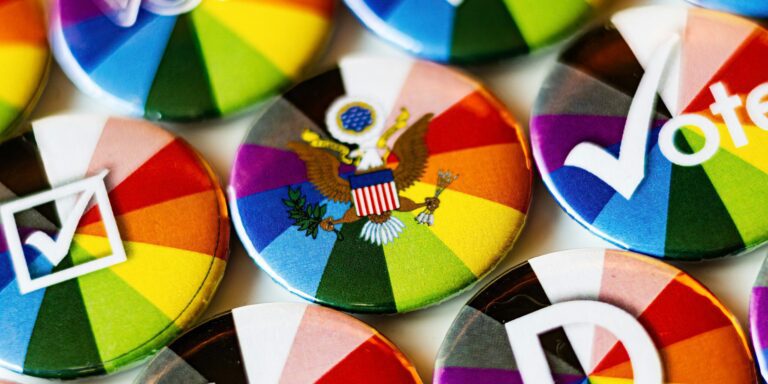Nevada has made significant political strides in 2025 with the passage of its new voter ID legislation, marking a rare moment of bipartisan cooperation in a state historically divided on the issue of election security. The voter ID bill, which passed with bipartisan support in the state legislature and was signed into law by Republican Governor Joe Lombardo, requires all voters to present valid photo identification at the polls. While this measure is a win for Republican lawmakers, who have long advocated for stronger election security, the legislation also includes provisions that address concerns raised by Democrats about potential disenfranchisement.
The law, which is set to go into effect by the 2026 midterm elections, mandates that all voters must present a photo ID when voting in person. This requirement has become increasingly common across the United States, with over 36 states having implemented some form of voter ID law. Proponents argue that such laws help prevent voter fraud, increase confidence in the electoral process, and ensure that only eligible voters participate in elections. Governor Lombardo, in a statement following the bill’s passage, said, “We need to ensure that every vote counts and that our elections are secure. This law strengthens our democracy by providing the safeguards needed to protect the integrity of our voting system.”
However, voter ID laws have been a contentious issue, particularly among Democrats and civil rights advocates, who argue that such measures can disproportionately affect marginalized communities, including low-income individuals, people of color, and the elderly, who may face barriers in obtaining a photo ID. These groups have historically been more likely to vote Democratic, and critics argue that voter ID laws could suppress their participation in elections. As a result, the Nevada law’s provisions aimed at expanding access to voting were crucial in gaining support from Democratic legislators.
In a key compromise, the new law also expands access to mail-in voting and establishes more drop-off boxes for absentee ballots. These provisions are aimed at ensuring that individuals who face difficulties obtaining a photo ID, such as those who live in remote areas or have mobility issues, still have the ability to cast their vote. Additionally, the law includes a provision for a free digital voter ID, which can be obtained through the Secretary of State’s office. This digital ID is expected to make it easier for eligible voters to prove their identity without the need to physically acquire a traditional photo ID.
Despite these provisions, concerns remain about the potential for voter disenfranchisement. Critics argue that while the law’s intentions may be to provide greater access to voting, the requirement for photo ID could still pose a barrier for certain groups. For example, rural voters in Nevada, many of whom live in communities where there are limited resources, may face difficulties in acquiring an ID. Similarly, advocates for the homeless have voiced concerns that individuals without stable housing may not have the documentation needed to obtain an ID.
In response to these concerns, the Nevada State Senate introduced amendments to the bill during its passage to allow for additional exceptions, such as permitting those without photo IDs to cast provisional ballots, which can later be verified by election officials. The debate over the bill highlighted the ongoing struggle between ensuring election integrity and maintaining accessibility for all voters. Advocates for the bill, such as Republican Secretary of State Barbara Cegavske, emphasize the importance of election security, saying, “We are taking steps to safeguard the integrity of our elections while ensuring that no one is left behind in the process.”
Looking ahead, Nevada’s new voter ID law is likely to remain a hot topic as the state prepares for the 2026 elections. Both sides of the political spectrum are already gearing up for the upcoming battle over its implementation and potential legal challenges. In the meantime, the state is already planning an extensive public education campaign to inform residents about the new requirements and how to obtain the necessary identification.


